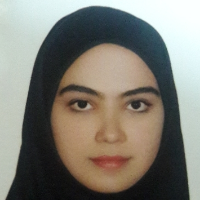Fallacies of Conventional Import Type Input-Output Table in Iran and Way out in Measuring Value-added in Exports and Imports
The emergence of the new trade theories, known as “Trade-in-Steps” versus traditional theories “Trade-in-Goods” provided major changes in the sectoral accounting system from prevailing competitive import type in the 20th century to non-competitive type table in the 21 century. The former can be used to quantify the traditional theories but is unable to satisfy the new theories whereas the latter can provide the data requirements. To solve this issue, different countries have attempted to estimate non-competitive import type tables. But in Iran, two official institutions have been estimating competitive import type tables since the 1970s, which have aspects of these fallacies. The main purpose of this article is to explore different aspects of this fallacies and suggests a way out with the three following questions: One- Can the application of import proportionality assumption separate imports from the conventional symmetric table and hence set consistency between them? Second-How much is the statistical errors between the suggested table and the official table? Third- Which one of the two statistical bases (competitive and non-competitive imports type tables) has more flexibilities in quantifying the new trade theories? Using the latest survey-based input-output table of 2016, the results reveal that first, there is non-consistency between official estimated tables whereas the proposed tables guarantees such consistency. Second, the statistical errors at the macro level are between positive and negative 1.7 percent whereas at the sectoral level are between positive 72.5 to negative 21.9 percent. Third, the share of domestic value-added in growth exports is 93 percent whereas the share of vertical specialization (which is equivalence to the foreign value-added) is 7 percent which suggests that the Iranian economy is at the beginning of the production process chain.
-
Comparative Analysis of Statistical Errors Between Second and Third Types of Input-Output Tables and Their Correlation with Value-Added in Gross Exports
AliAsghar Banouei, , Fatemeh Bazzazan, Somayeh Shahhosseini *, Azin Kiani Rad
Economic Research, -
Application of Hypothetical Extraction and Conventional Method in Measuring Value-added in Trade: Equivalence or Different Result?
*, Aliasghar Banouei, Somayeh Shahhosseini, Fatemmeh Bazzazan,
Iranian Economic Development Analyses,





